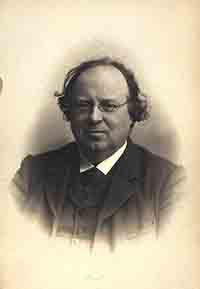One Thousand and One Arabian Nights
The series of tales known as 1001 Arabian Nights dates back to the Ninth Century and is thought to be derived from traditional Arabic, Persian and Indian stories taking place between 226 and 651 C.E.. The first European version was a French translation by Antoine Galland in 1704. Several of the most famous tales such as Ali Baba and Sinbad were first included in Galland’s compilation.
The framing device for the stories is introduced in the first tale. The Sultan Schahriar who rules an unnamed island between India and China discovers that his wife is plotting with a lover to kill him. This convinces him that all women are likewise unfaithful – Così fan tutte! He gives an order to get a new wife every night and to have her executed the following morning. The Sultana Scheherazade devised a plan to tell him stories for hours each night but stopping at dawn with a cliffhanger so the Sultan would delay her execution to hear the end of the story. In the 1001th story the Sultan is convinced that Scheherazade is indeed faithful and revokes his execution order.
Christian Frederik Emil Horneman (1840-1906)
Born Dec. 17, 1840 in Copenhagen
Died June 8, 1906 in Copenhagen
Aladdin. An Adventure Overture
Composed in 1864
First Performance: Euterpe music society in Leipzig November 28, 1867
Instrumentation: 2 flutes, 2 oboes, 2 clarinets, 2 bassoons, 2 horns and 2 trumpets, 3 trombones, timpani, harp and strings.
Horneman studied at the Leipzig conservatory with Moscheles and met Grieg there who became a lifelong friend. He returned to Denmark after his studies and established a music publishing firm with his father. He published arrangements and potpourris of popular music under pseudonyms. In addition to popular music he wrote other works including a String Quartet and the Aladdin Overture which is perhaps his best known work. In 1865 he and Grieg founded and conducted the music society Euterpe for the performance of Danish music. This society lasted for a few years whereupon he founded another society – the Koncertforeningen – which lasted several decades. In 1880 he founded the C.F.E. Horneman’s Music Conservatory and spent his final years teaching and composing. For more than 20 years he worked on an opera based on Aladdin. Carl Nielsen described him as “the bright flame, the purifying fire in Danish music, doing away with everything artificial, insincere and false.”
The Aladdin Overture begins softly with a repeated A minor scurrying figure played softly by muted violins.
These scampering motifs are interrupted by a broad sustained theme reminiscent of the initial Sultan theme in Rimsky-Korsakov’s Scheherazade.
After this brief interruption the scurrying begins anew building slowly to a climax. The full orchestra plays a new theme in the parallel major
This bold dashing theme is the first real climax in the piece. After a short development the strings introduce a new lyrical theme which is then passed to the woodwinds and brass.
The work builds again to an exciting final climax that combines these last two themes.
Resources
[amazon template=iframe image&asin=0192750135][amazon template=iframe image&asin=B000000AX0]




